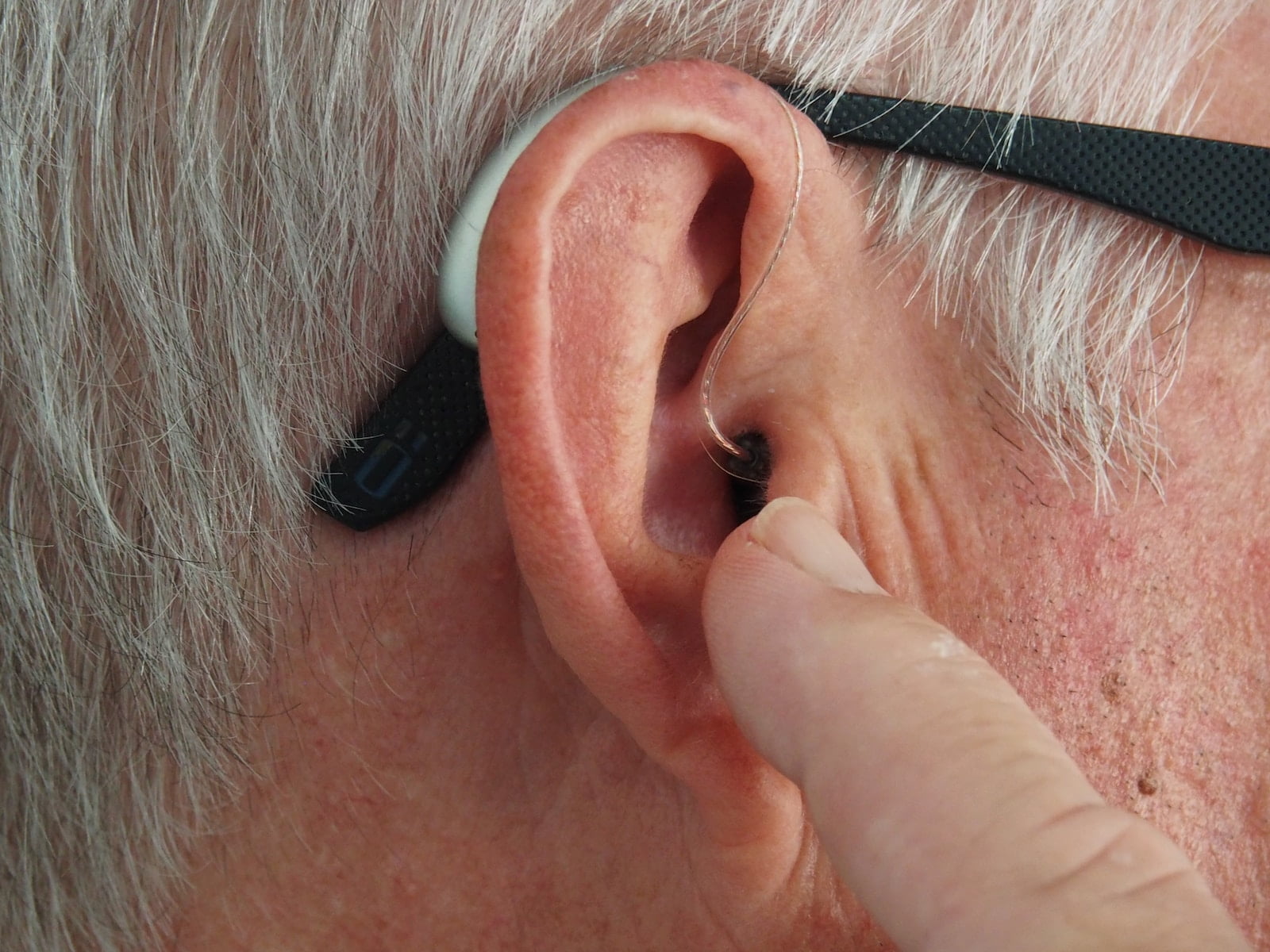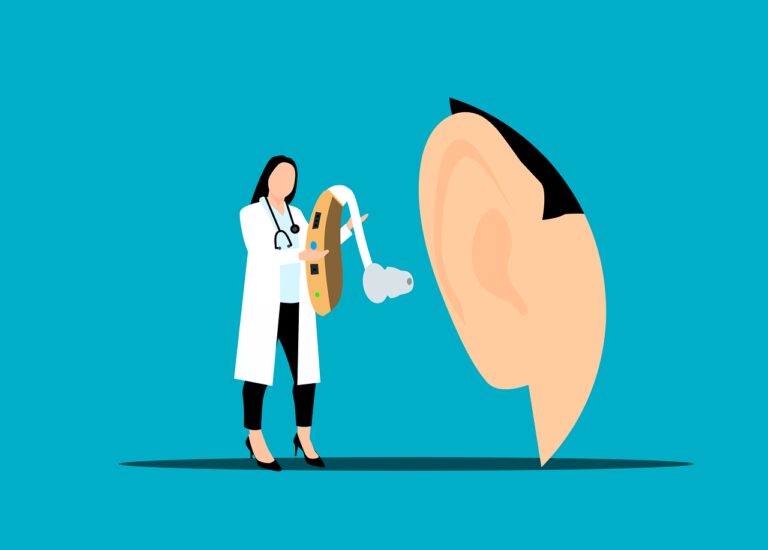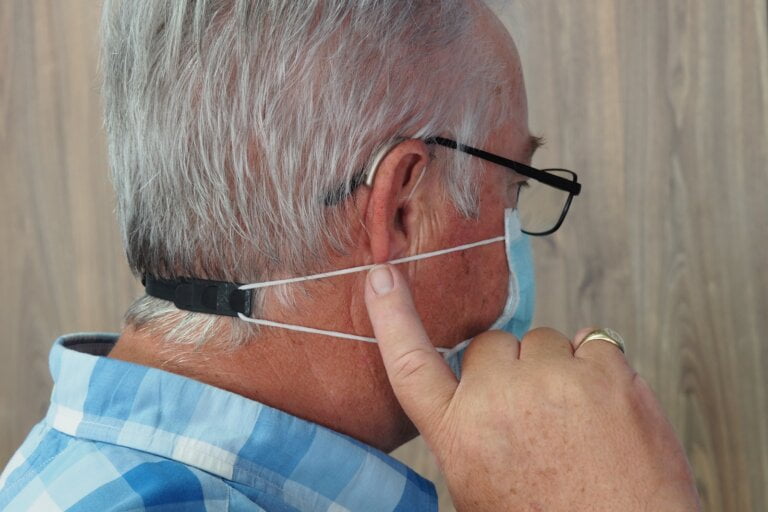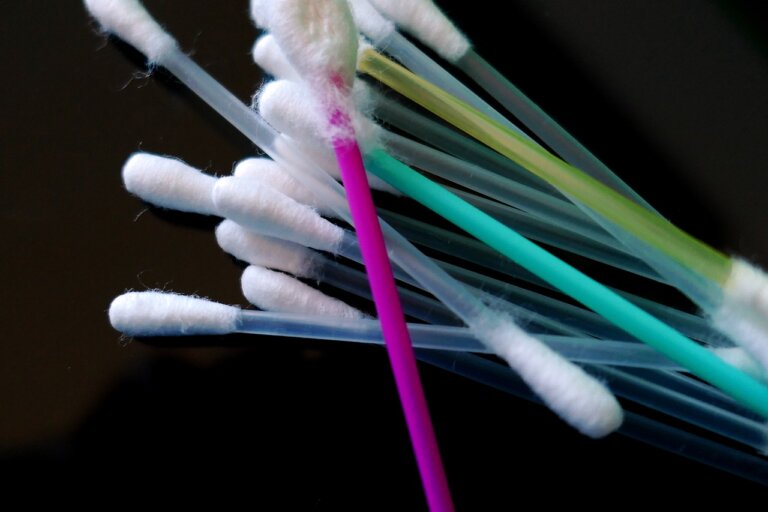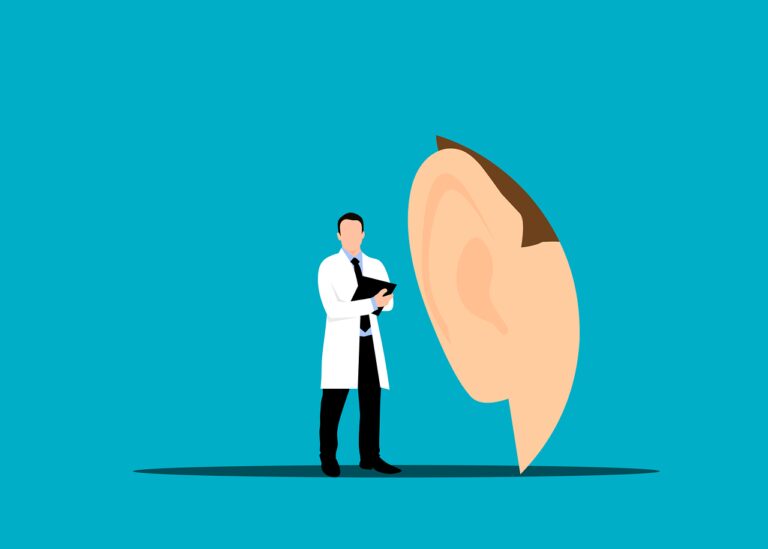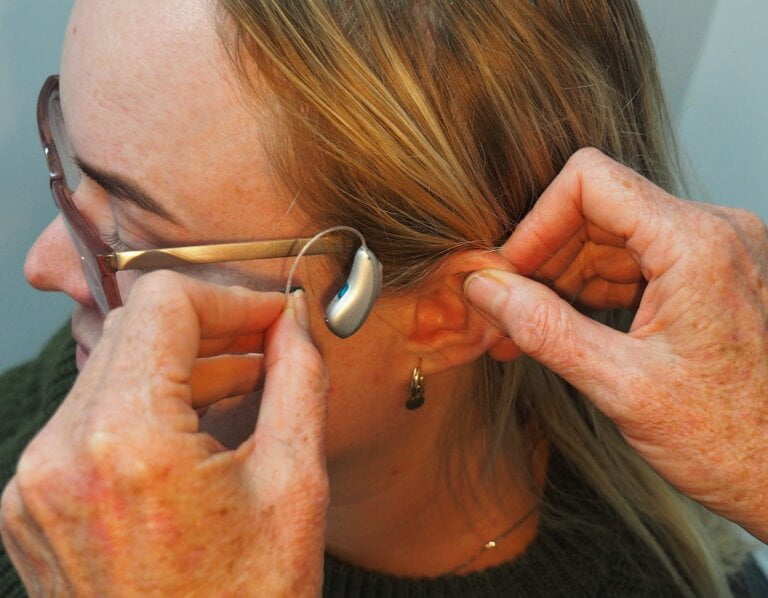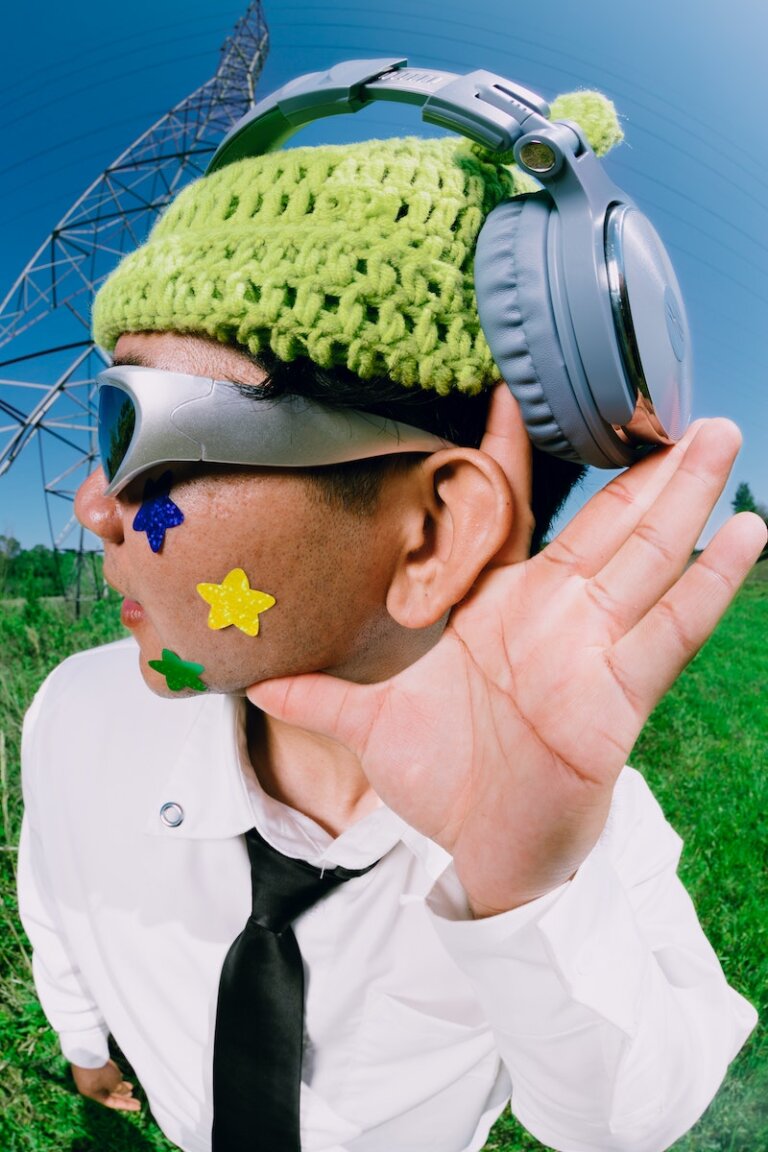Shaping the Future of Care: Innovations in Microsuction Techniques
Microsuction is an advanced technique used in the field of healthcare to remove earwax and other debris or foreign objects from the ear canal. With rapid developments in technology, microsuction techniques have advanced, revolutionising the way we approach ear care. In this article, we will explore the latest developments in microsuction techniques and how they are shaping the future of care.
Understanding Microsuction
Before delving into the innovations, let’s first understand the concept of microsuction. Microsuction is a minimally invasive procedure that involves the use of a suction device to remove earwax and foreign objects from the ear canal. Unlike traditional ear cleaning methods that use water irrigation or ear syringes, microsuction offers a safer and more efficient way to clean the ears.
Microsuction has gained popularity among healthcare professionals and patients alike due to its numerous benefits. These benefits include:
The Benefits of Microsuction
- Safety: Microsuction eliminates the risk of water damage or injury to the delicate structures of the ear. Unlike water irrigation methods, which can sometimes lead to discomfort or even damage to the eardrum, microsuction is a controlled and precise procedure performed by trained professionals.
- Accuracy: The use of high-powered magnification and illumination allows healthcare professionals to visualise the ear canal in detail, ensuring thorough cleaning and removal of earwax.
- Comfort: Microsuction is generally well-tolerated by patients and causes minimal discomfort. It is suitable for individuals with sensitive ears or those who have had previous negative experiences with alternate ear cleaning methods. Patients often report feeling immediate relief from symptoms such as ear fullness or hearing loss after a microsuction procedure.
Innovations in Microsuction Techniques
The field of microsuction is continuously evolving, with ongoing research and technological advancements. Here are some notable innovations that are shaping the future of care:
1. Disposable Suction Tips
Traditionally, reusable metal tips were utilised in microsuction procedures. However, with the growing concern for infection control, disposable suction tips have gained popularity. These single-use tips are hygienic and eliminate the risk of cross-contamination between patients. The use of disposable suction tips ensures a safe and sterile procedure, reducing the chances of infections or complications.
2. Microscopes and High-Resolution Cameras
Microsuction techniques have embraced the use of microscopes and high-resolution cameras. These tools provide enhanced visualisation and allow healthcare professionals to accurately assess the condition of the ear canal. The images obtained can be shared with patients, facilitating better understanding and patient engagement in their own care. This visual feedback helps patients comprehend the need for the procedure and allows for informed decision-making.
Additionally, high-resolution cameras enable healthcare professionals to document and monitor the progress of the treatment. This documentation serves as a valuable resource for future reference and research purposes.
3. Customised Suction Devices
Innovative companies have developed suction devices specifically designed for microsuction procedures. These devices offer improved control, precision, and suction power, enabling healthcare professionals to perform the procedure with greater ease and effectiveness. Customised suction devices often come with adjustable settings, allowing healthcare professionals to tailor the suction power according to individual patient needs. This customisation ensures optimal cleaning while minimising discomfort for the patient.
4. Automated Suction Systems
Automation has revolutionised many industries, and microsuction is no exception. Automated suction systems have been developed to streamline the procedure, ensuring consistency and reducing the reliance on manual techniques. These systems offer preset parameters, enabling healthcare professionals to deliver precise suction without variation. Automated suction systems not only save time but also enhance the overall efficiency of the procedure, allowing healthcare professionals to focus on patient care and accurate cleaning.
5. Patient-Friendly Environments
Innovations in microsuction techniques also extend beyond the procedure itself. Healthcare facilities are recognising the importance of creating patient-friendly environments for ear care. Comfortable waiting areas, state-of-the-art equipment, and friendly staff enhance the overall experience, making patients feel at ease during their microsuction procedures. This patient-centric approach ensures a positive and stress-free experience, leading to better patient satisfaction and improved outcomes.
The Future of Microsuction
With the rapid pace of technological advancements and ongoing research, the future of microsuction holds immense promise. Here are some potential developments to look forward to:
- Nanotechnology: The integration of nanotechnology into microsuction devices could revolutionise the procedure. Nanoscale instruments could provide even greater precision and allow for targeted removal of specific debris within the ear canal. Nanotechnology-based devices may also have the potential to deliver medications or therapeutic agents directly to affected areas, further enhancing the efficacy of microsuction procedures.
- Artificial Intelligence: Artificial intelligence (AI) has the potential to play a significant role in microsuction procedures. AI algorithms could assist healthcare professionals by analysing ear canal images and providing real-time feedback, optimising the cleaning process. AI-powered systems could potentially detect abnormalities or early signs of ear conditions, enabling early intervention and prevention of complications.
- Remote Monitoring: The utilisation of telemedicine and remote monitoring technologies could enable healthcare professionals to assess and guide patients in their ear care remotely. This advancement would enhance accessibility and convenience for patients, particularly those in rural or underserved areas. Remote monitoring could involve the use of specialised devices or smartphone applications that allow patients to capture images or videos of their ears for evaluation by healthcare professionals.
- Minimal Intervention Techniques: Researchers are exploring techniques that minimise the need for invasive procedures altogether. This could involve the development of medications or non-invasive methods to dissolve or prevent the build-up of earwax, reducing the frequency and necessity of microsuction procedures. Innovative solutions may include ear drops or sprays that break down earwax or devices that provide gentle vibrations to dislodge debris from the ear canal.
In conclusion, the innovations in microsuction techniques are reshaping the future of ear care. With improved safety, accuracy, and patient comfort, microsuction continues to evolve as an effective and efficient method for removing earwax and debris. As technology advances further, we can expect even more exciting developments that will transform the way we approach ear care and enhance patient outcomes. The potential integration of nanotechnology, artificial intelligence, remote monitoring, and minimal intervention techniques holds great promise for the future of microsuction and the overall well-being of patients.

